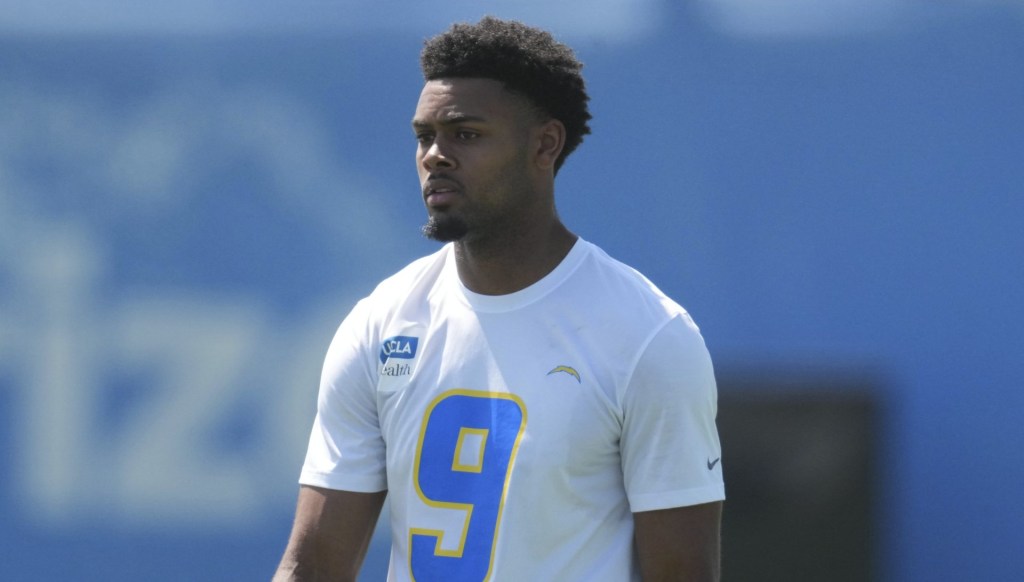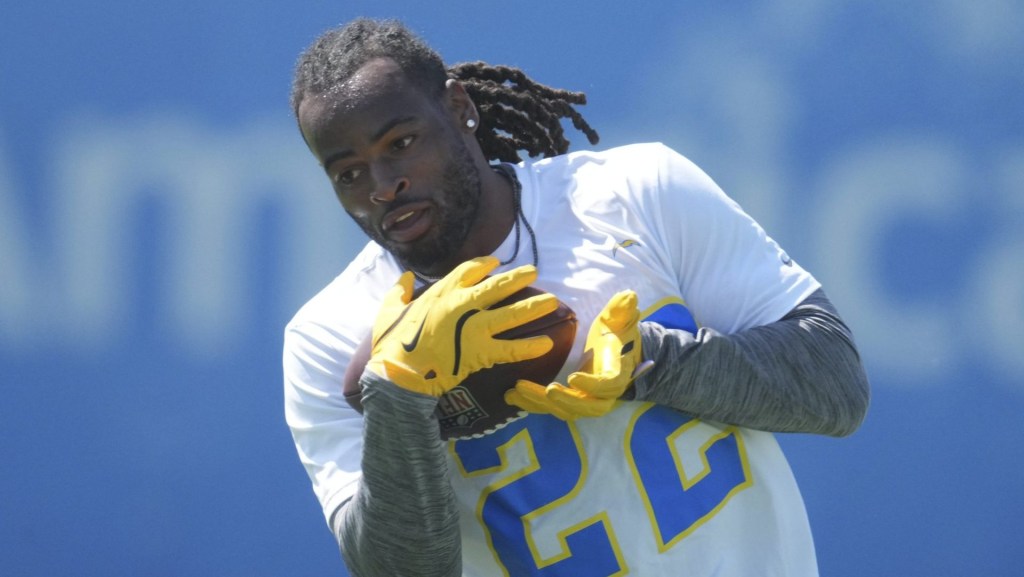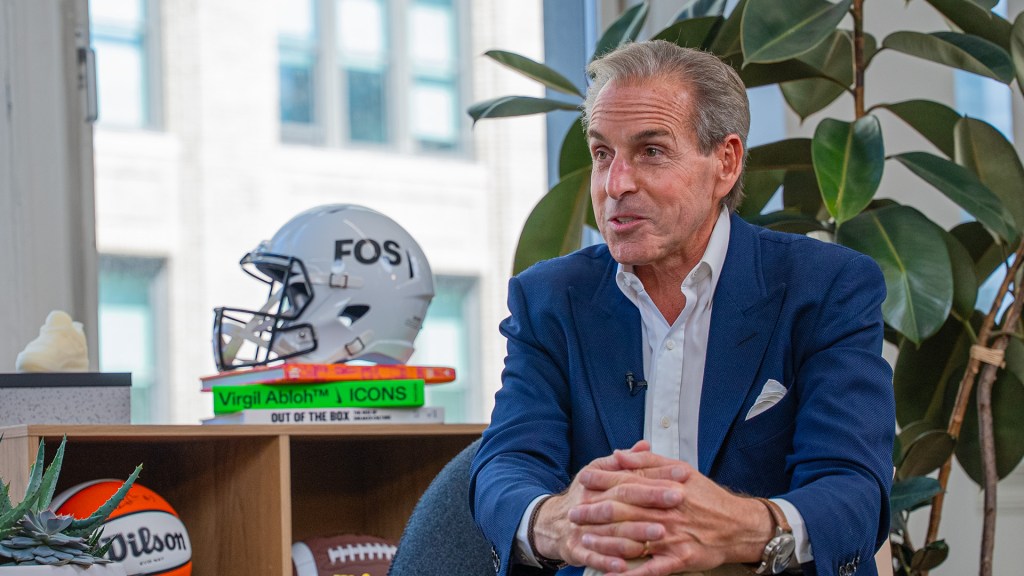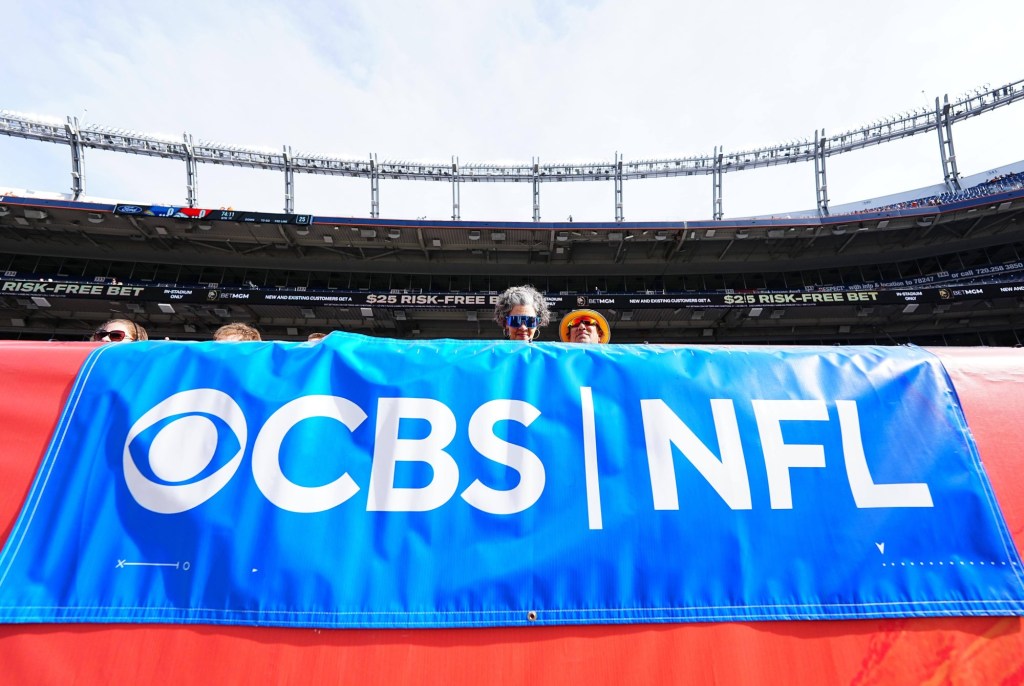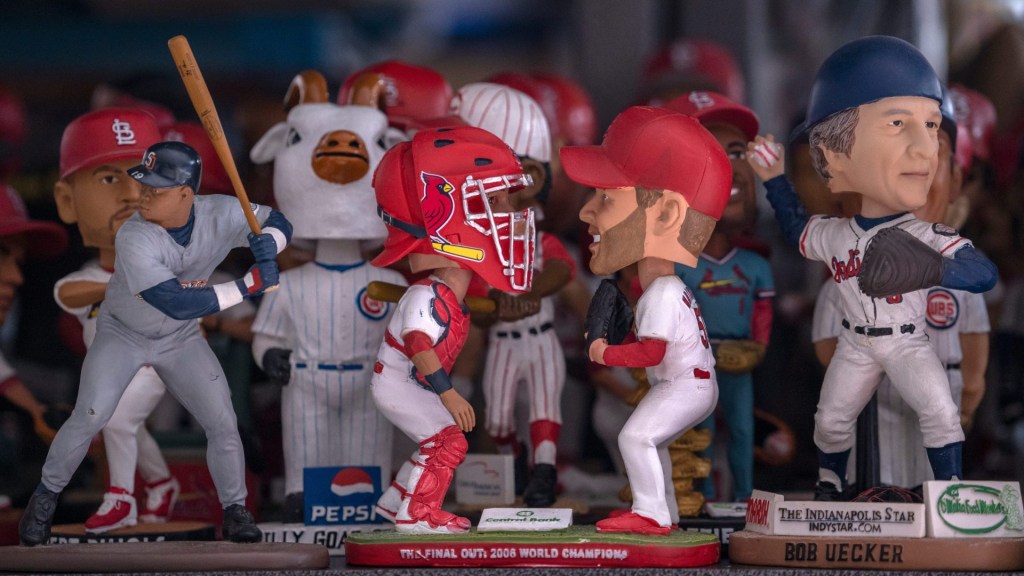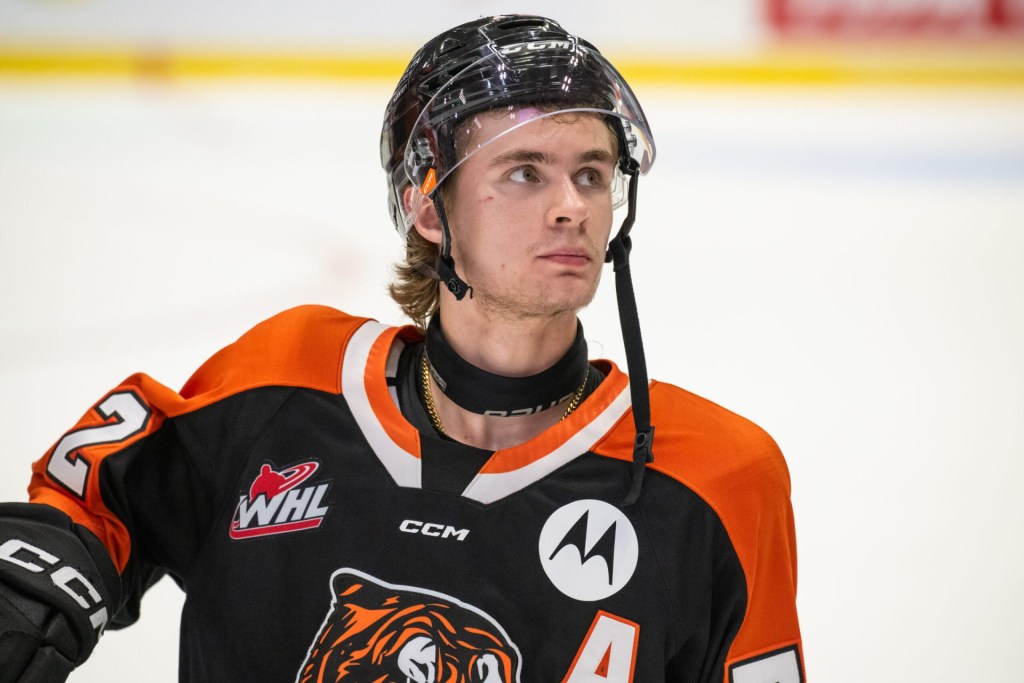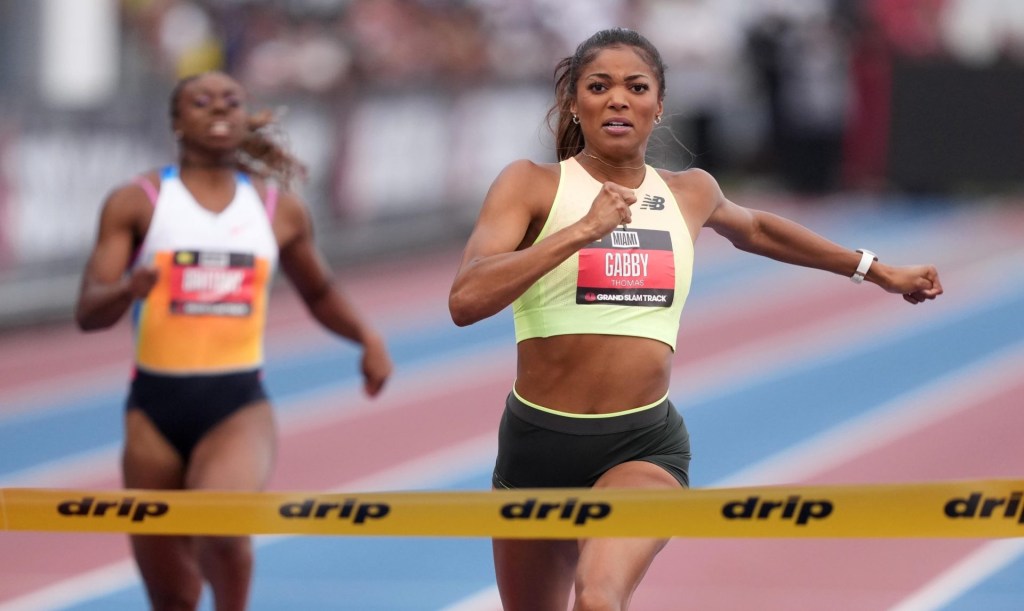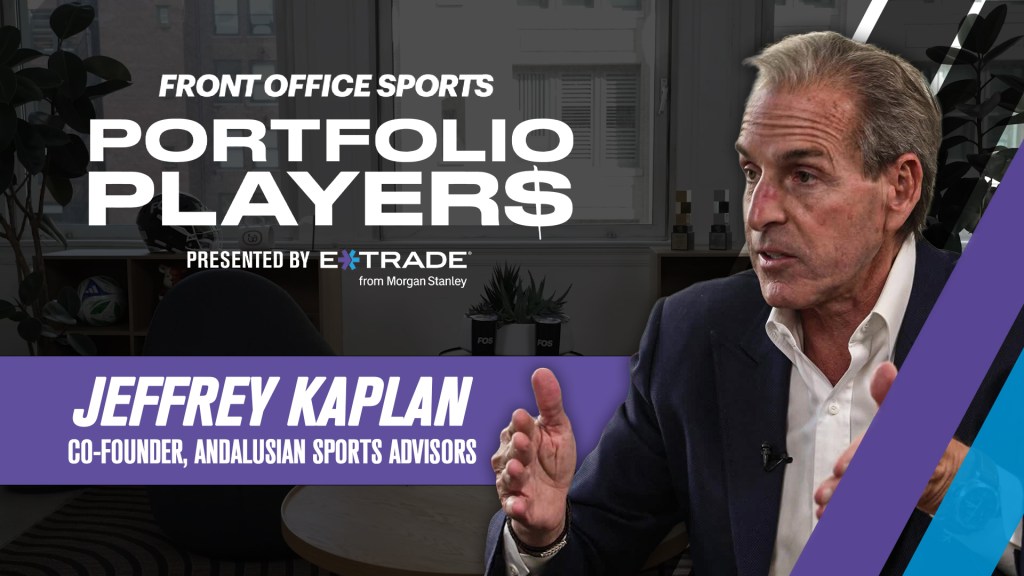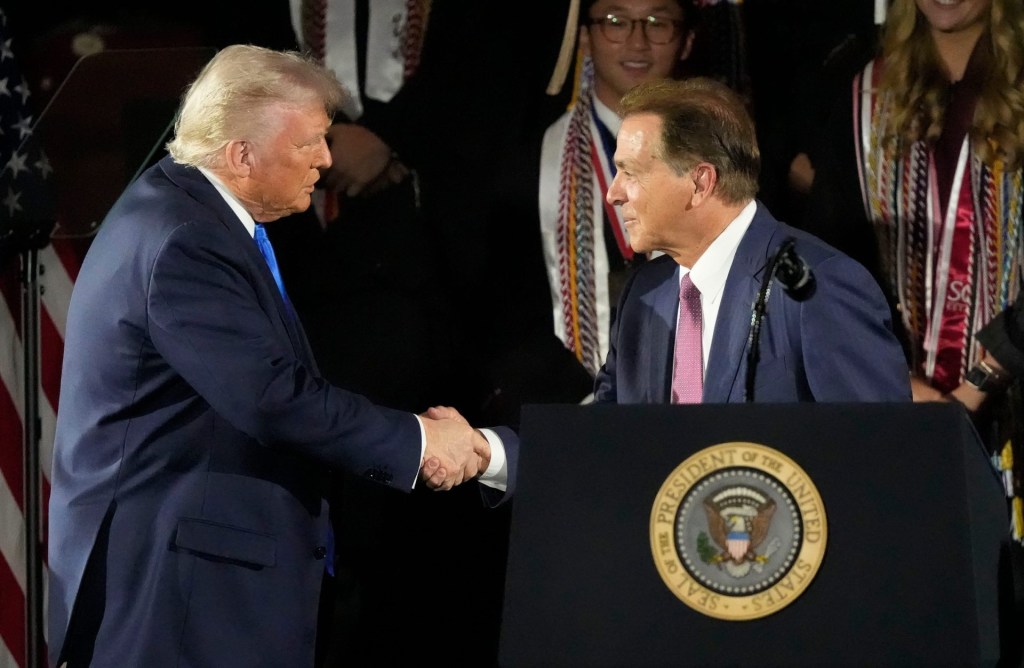This interview is presented to you by the University of Nebraska — Lincoln Master of Arts in Business with a Specialization in Intercollegiate Athletics Administration
By: Travis Gorsch, @tgorsch3

On February 7, 2016, Super Bowl 50 was played between the Denver Broncos and Carolina Panthers in Santa Clara, CA at Levi’s® Stadium. More than 111 million people watched Super Bowl 50 but many of those who tuned in were unaware of the impact outside of the game. Super Bowl 50 delivered record-breaking results by becoming the most giving, most shared and most participatory Super Bowl to date. Those results weren’t delivered overnight. In fact, it took a couple years and lots of experience from senior staff on the San Francisco Bay Area Super Bowl 50 Host Committee. Stephanie Martin is a senior-level communications & marketing executive in the San Francisco Bay Area. She and her team were part of the organization that recently executed arguably the most successful Super Bowl ever.
Stephanie was born and raised in Boston, Massachusetts and went to Tufts University, just outside of Boston, to obtain her Bachelor of Arts in English and compete on the sailing team as a student-athlete.
“I wanted to go to a school that was strong both academically and in their sailing program. Tufts was a top-tier Division One school in sailing and, obviously, the education was top-notch. It was a great experience, both in school and on the water.”
“I was a strong writer, but wasn’t really sure what career path I wanted to pursue, so I took advantage of all of Tufts’ offerings and really exposed myself to a broad range of programs and paths. We had an amazing career center on campus where I could research opportunities. That’s where I first learned about communications and public relations.”
“I was going to California to teach sailing as a summer job in between my junior and senior year, so I wanted to fill my day off with an internship. I was able to find one that married my love for writing and sports. It was with a very small sports marketing firm, so I was given lots of leeway to try different things. When you work for a company that is lean in terms of resources, you can get the opportunity to really showcase what you can do.”
After a few years of working in entry-level communications and public relations positions, Stephanie went on to further her education at the University of Southern California. She earned her Master of Arts in Communication Management while she worked at The Home Depot as the manager of communications and external affairs for its West Coast division serving 400+ stores.
“The best thing about the program at Annenberg was that the professors had real world experience. Everything we learned was applicable to the work I was doing as a communications professional. For example, I was taking a class on crisis communications, so I asked our division president if we had crisis communications plan in place and we didn’t. I was then able to develop a plan, which we rolled out across all of our departments. The program not only really dove deep into communications strategy, but also gave us real tools that we could apply immediately and benefit our careers.”
As Stephanie alluded to, she hasn’t always worked directly in the sports industry, but she has always worked on sports in one way or another. At The Home Depot, she handled the communications strategy and execution for the division’s sports partnerships among other duties, and at the Pacific Gas and Electric Company (PG&E) where she was the Director of Community Relations, she directly oversaw all of the company’s sports sponsorships along with their community outreach programs.
“When you’re starting your career in sports, you don’t always know where to start or in what area you’d like to specialize, so start with your strengths. I’m a communicator, so I knew that I could add value through helping the brand to tell the story. Every brand approaches their sports partnerships differently so communicators help to develop the narrative and identify opportunities to leverage the partnership for the good of the brand and the partner. “
Stephanie was living in Southern California, working for Avery Dennison in 2010 as their senior director of global external communications. She was still very passionate about sailing — at this point, she had been competing for more than 20 years in the sport — so when one of her friends, Iain Murray, was named CEO for America’s Cup Race Management, she reached out and sent him a note of congratulations. In that note, she also shared some thoughts and ideas from a positioning standpoint.
“I was really excited about the new vision for the Cup and included some ideas that I thought could helpful as they worked to build this new brand. Iain replied back and told me I should talk to the team at America’s Cup Event’s Authority which would be leading the commercial side of the Cup. One in-person meeting in Newport Beach turned into a trip to Paris to interview the following week. I took two days off from work, jumped on a plane, met some more people and joined the team.”
At the time, the Cup was experiencing a crucial shift in strategy and for someone who loved the sport of sailing, the opportunity was too good to pass up. Stephanie became the Chief Communications Officer for America’s Cup Event’s Authority, one of the three entities behind the 34th America’s Cup, and moved to the Bay Area.
It turned out to be a great move as couple of years later, the Super Bowl 50 Host Committee came calling with the need for a senior communications and marketing person. The sports industry is a tight-knit group in the Bay Area. Keith Bruce — who would be named CEO and President of the Super Bowl 50 Host Committee — was the President at Sportsmark during America’s Cup, and Pat Gallagher — who would be named the EVP of Marketing, Partnerships and Communications — was a part of the San Francisco America’s Cup Organizing Committee, the third America’s Cup entity.
“In the sports world, you rely on the community that you built because we all work in a extremely fast-paced environments; you just don’t have time to get it wrong. The Super Bowl 50 Host Committee was looking for a certain kind of person to join the team. Hosting Super Bowl 50 wasn’t just about football, it was about how the game could benefit the entire Bay Area and leave a true legacy. The Host Committee needed self-starters who were really good at their individual jobs as well as people who really believed in the mission. Keith and Pat knew us from the America’s Cup days, so they knew our skills set first-hand and how our values lined up with the organization’s mission.”
The people who came over from the Cup included Rosie Spaulding (who became the VP of Event Planning and Operations), Sarah Louise Atkinson (Event Planning & Operations Manager), Sarah Hawkins (Director of Communications), Vicky Selway-Swift (Senior Director of Partnership Services), and Stephanie became the Host Committee’s VP of Marketing and Communications.
“I think that it’s incredibly important for young people to continuously build your network. Your network can give you that all-important foot-in-the-door. They know strengths and what you can really do, and in our case with Super Bowl 50, Keith and Pat knew the type of team members we’d be right from the beginning.”
A lot of people don’t stop to realize how far in advance a Host Committee has to begin its planning to pull off a Super Bowl. Stephanie was the sixth person on the staff when she was hired in January of 2014. The game wasn’t until February of 2016. The vision for Super Bowl 50 came with numerous goals and milestones that had to be met in the two years leading up to the game. With a small team and limited resources, there was no time to waste in getting started. The Host Committee team grew to about 12 employees by the end of 2014 and remained lean.
“We had a responsibility to the Bay Area to make Super Bowl 50 a great experience, but there’s no road map when you win the bid to host a Super Bowl. You have to figure out how you are going to meet the requirement in the bid and how you’re going to fund it. Plus, we set a goal of redefining the Super Bowl experience, so we had many questions to answer. What were we going to offer? What would the fan experience going to look like? What venues should we use? How would we engage both residents and communities? It takes a long time to plan and execute thoughtfully, and you need every minute of those two years.”
“The Bay Area hadn’t hosted a Super Bowl in 30 years so residents didn’t know that a Super Bowl was about more than the game. There was a lot of education to do to help residents and communities understand the opportunities that existed for them in and around Super Bowl 50. We educated people consistently for two years and worked very hard to help our residents feel included.”
“We also really wanted to reflect the significance of the 50th Super Bowl so we were really purposeful in our actions. Instead of having a four-day fan village, the Host Committee created a nine-day free public fan village to give residents the opportunity to experience Super Bowl before out-of-town guests arrived. We expanded the categories in the Business Connect supplier diversity program to include LGBT-owned and Disabled Veteran-owned businesses for the first time ever. We wanted our Super Bowl to leave a legacy of impact that would directly benefit Bay Area children and their families living in low-income communities, so we developed the 50 Fund.”
When all the data was collected, Super Bowl 50 shattered numerous records, including the most giving, most shared and most participatory to date.
“We weren’t focused on breaking records; this vision was built very early on and was our guiding principle from the beginning. We were focused on delivering the best experience for our fans and the most impact for the region. The records were just the icing on the cake.”
There are many skills that have set Stephanie up for a successful career in communications. She credits some of her success for always having a mentor along the way. This is why she enjoys always being a mentor and helping young people grow not only in their profession, but also in their personal lives.
“I’ve had and have today great mentors who have really helped me to grow as an individual and as a professional. These mentors have been and continue to be an important part of my life, as well as my mentees. I love to be of help to others. Whether it’s with a mentee or my team, I’ve always seen myself as a coach rather than a manager. A coach’s goal is to help people fully realize their strengths and maximize their potential. When people can use their strengths every day, they are fully engaged and really fulfilled, and there is nothing better than to see people you care about love what they do.”
As an Adjunct Professor in Communications at the University of San Francisco Sport Management program, she points to a couple essential skills for students if they want to lead a successful career in sports focusing on communications.
“There are so many avenues to explore from corporate communications to public affairs to digital, so I’d recommend getting exposure to as many parts of the discipline as you can. Companies today are looking for generalists who can fill a number of communications roles so have a broad base of skills is really helpful. My first job was at a PR agency, which I think is a great place to start. An agency exposes you to a wide variety of skills, approaches and industries so you can really see what you connect with best,”
“It goes without saying that you have be a really good writer. Being a strong writer means not just well written and grammatically correct, but writing to influence. Your goal is always to create a call to action with your stakeholders, no matter the topic, so you must be able to develop narratives that move people. ”
“You also have to be an active listener. It’s important to pick up on nuances of what is going on in the situation, especially when you are dealing with reputational risk. Active listeners have the ability to read between the lines and they have a better understanding of the business.”
“And it’s all helpful to be able to project into the future. I call it ‘seeing around the corners’. Having the ability to understand an issue or potential crisis that could hit and all of the potential impacts that could arise, as well as problem-solve for each of those impacts. This skillset makes a communicator invaluable to the organization and its senior leadership.”
Stephanie is also a Member on the Board of the Bay Area’s Women In Sports and Events (WISE) chapter. WISE is the leading voice and resource for professional women in the business of sports and events.
“WISE offers a lot of opportunities to both learn and network with other women in the sports industry. We have a great six-month direct mentor program called WISE Within that provides a structured mentorship opportunity. We host monthly meetings that bring together panelists from various parts of the industry to speak. We have a lot of young women and men come to these panels and get exposed to different career paths and the responsibilities of different roles. Plus it’s a great group of people.”
There are many different ways to develop personally and professionally. One of those ways is by picking up a book and reading. Stephanie recommended reading Never Eat Alone by Keith Ferrazzi.
“The basic core is all about creating a supportive network, one where you can help others as much as they can help you. An easy way to build your network is to have lunch with someone different, every week. It’s easy to get caught up in just eating at your desk, but that person could have an opportunity for you, a lesson or even the answer to a question you have. Take the time to step away from your desk and make meaningful connections.”
“I’d also say don’t be afraid to raise your hand and say ‘I’d love to help with this.’ Some of my best learning opportunities came when I asked to help another team in my company or take on an additional project that was outside of my scope. Those moments enabled me to develop new skill sets, meet new colleagues and expand my opportunities. Don’t assume they will say no, just ask.”
Check out the Super Bowl 50 Host Committee’s Infographic.
Follow Stephanie Martin on social media:
Twitter: @stephk_martin
LinkedIn: linkedin.com/in/stephaniekmartin

